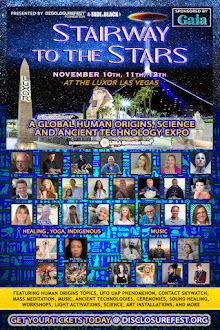 |
| Still, we wasn't as dark as the swarthy Irish, Mate. Thems is black. We be the fair ones. |
.
DNA analysis of Britain's 10,000-year-old complete skeleton reveals first modern Britons dad 'dark to black' skin
 |
| ETs must hybridized us something wicked. |
The ancient skeleton, known as Cheddar Man, was discovered in 1903 in Somerset's Gough's Cave and gave scientists a glimpse into Britain's prehistoric past.
Researchers from the Natural History Museum and University College London extracted DNA by drilling a tiny 2 mm hole in the ancient skull.
"It really shows up that these imaginary racial categories that we have are really very modern constructions, or very recent constructions, that really are not applicable to the past at all," said Tom Booth, an archaeologist at the Natural History Museum, who worked on the project, according to The Guardian.
 |
| We Brits were right savages then, unlike now. |
This combination of features — though startling to the modern observer — was common in Western Europe during this period.
Cheddar Man's ancestors had migrated out of Africa via the Middle East, eventually crossing Doggerland, the ancient land bridge connecting Britain to continental Europe, stated the BBC. Open the YouTube video
Prof. Chris Stringer, who studied the Cheddar Man skeleton for four decades, was astonished with the reconstruction:
"To come face-to-face with what this guy could have looked like -- and that striking combination of the hair, the face, the eye color, and that dark skin: something a few years ago we couldn't have imagined and yet that's what the scientific data show," he said, according to the BBC.
These findings represent a surprise to many because genes that confer light skin only began to spread through European populations much later than scientists assumed.
Pale skin, scientists now propose, evolved in farming populations of Europe about 6,000 years ago, possibly as an adaptation to help the skin synthesize Vitamin D from the sun more efficiently. More
- IBT Times UK (video); BBC; Shraddha, MSN.com, 1/16/25; Pat Macpherson, Ashley Wells (eds.), Wisdom Quarterly



















































































































































































































































No comments:
Post a Comment